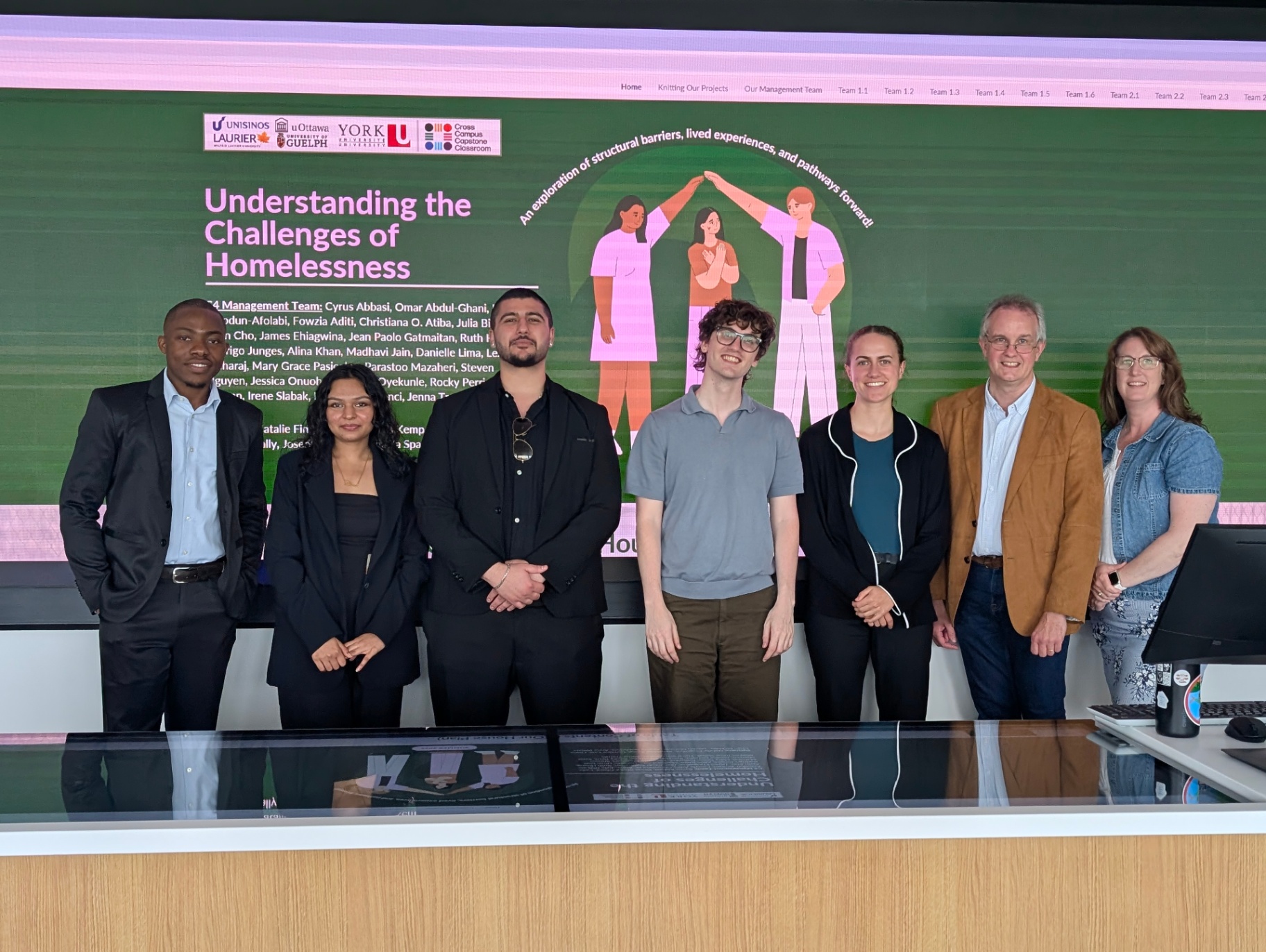In a world where the scroll never stops, imagination can feel like a muscle we’ve forgotten how to flex. Between relentless news cycles, deadlines, and algorithmic noise, our capacity to envision new possibilities often gets buried beneath the weight of the immediate.
But on a bright September morning at the Learning Crossroads, faculty, staff, and students gathered to do something radical: they paused. They stepped into a shared space not to debate the future but to build it, one post-it at a time. This was the third and culminating session of a three-part prefigurative workshop series led by Professor Mathieu Bouchard. Its premise was deceptively simple but transformative: what if, instead of tinkering at the edges, we imagined without limits, and then traced a path back to the present?
A Method to Revive Imagination
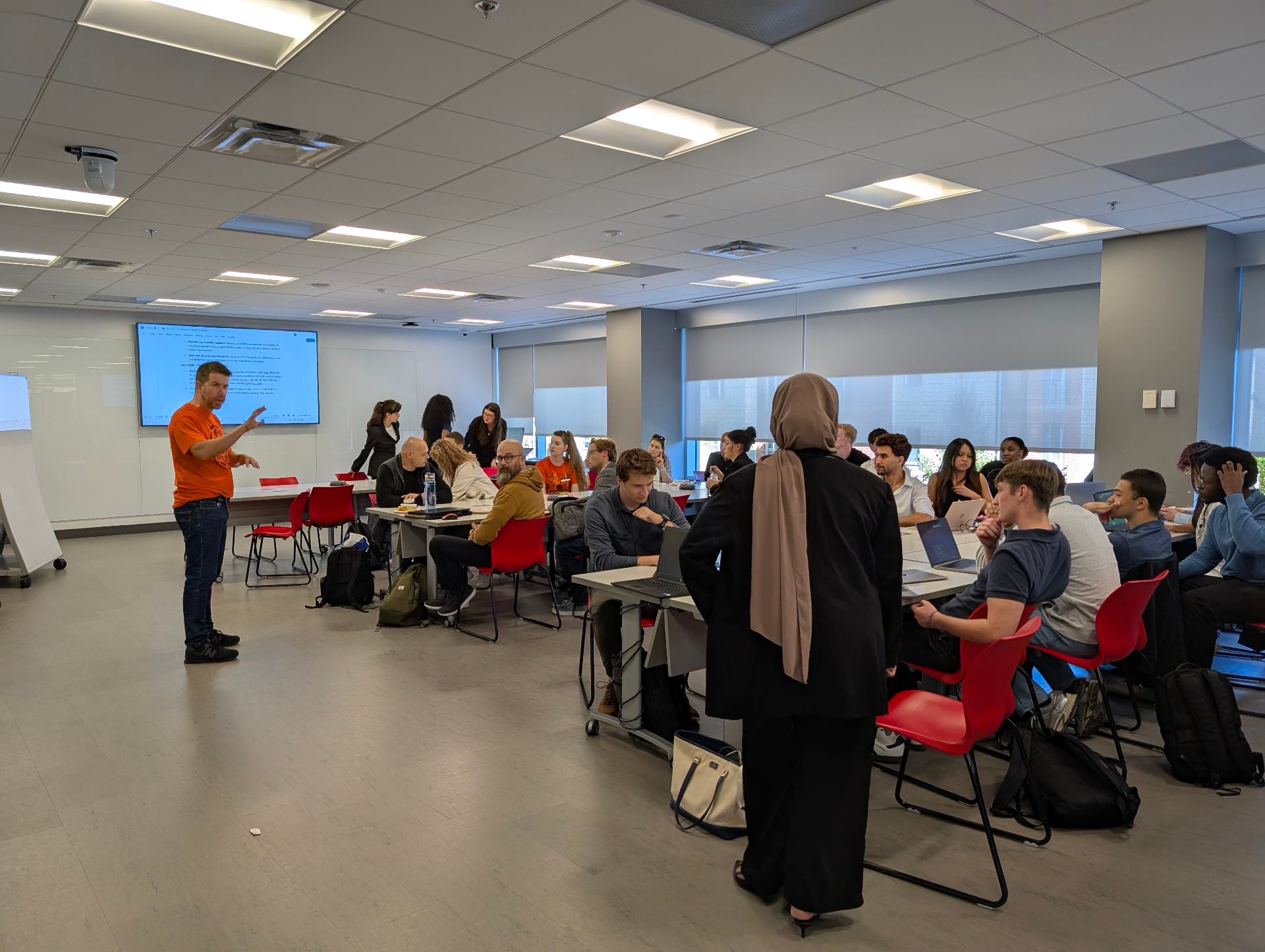
Professor Bouchard’s approach unfolds in three deliberate segments:
Naming the Status Quo: Participants first dive deep into the realities, challenges, and systemic barriers of a given issue.
Dreaming Utopia: Then, freed from constraints, they imagine the ideal version of that same reality, no budget lines, no institutional red tape, no “this is how we’ve always done it.”
Bridging the Two: Finally, they trace a bridge between these two poles: what tangible actions in the present could bring us closer to the imagined future?
This structure does something rare in our hyper-connected era: it makes space for collective dreaming. It gives permission to step outside inherited molds and rediscover imagination as a serious tool for change. In the context of higher education, where structures are often slow to shift, this act of creative rehearsal becomes essential.
A Collective Reimagining of First-Year Learning
The Fall workshop series unfolded across three carefully designed sessions all tackling how we could redesign the first-year BCom learning experience.
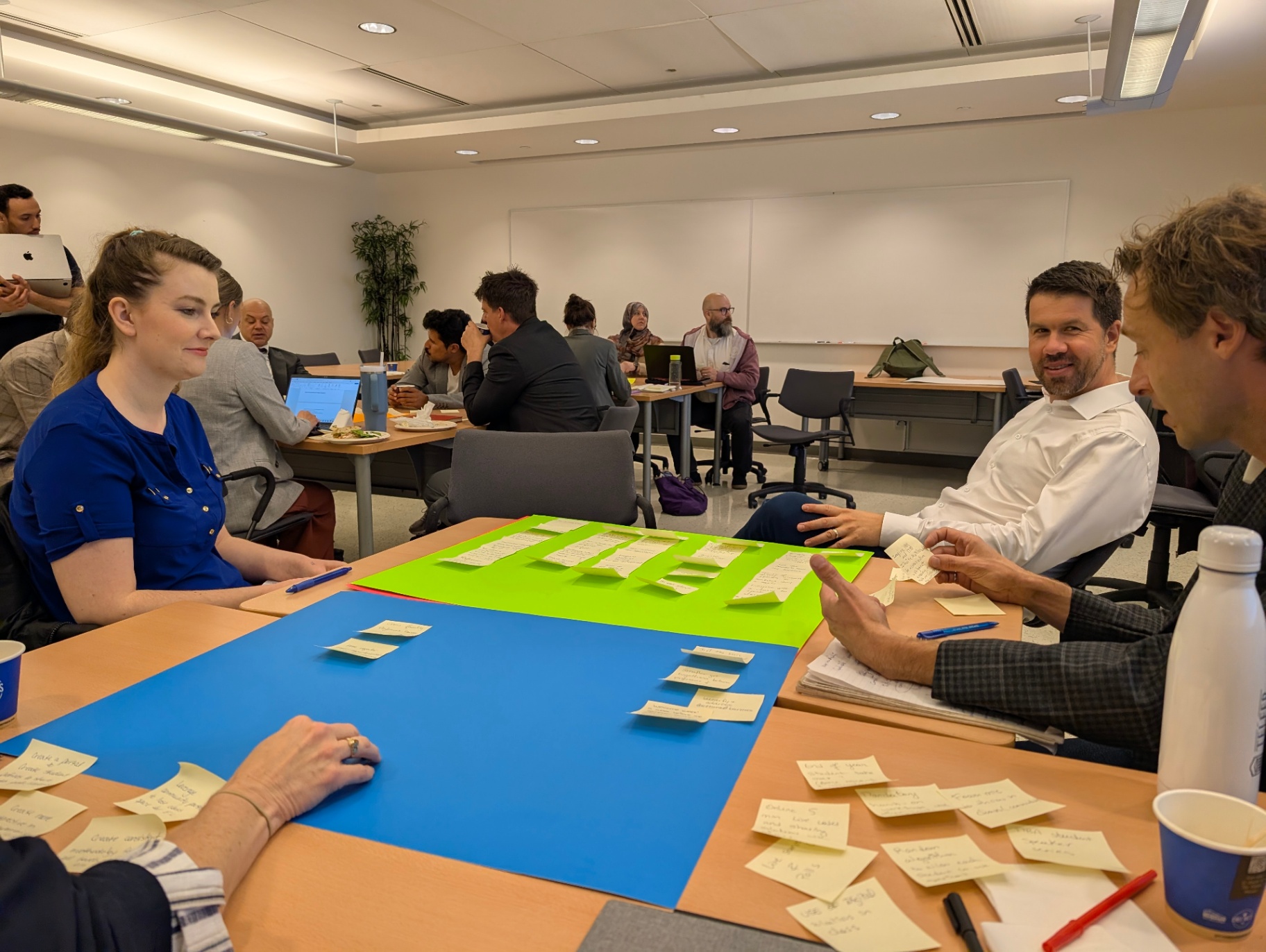
It began on September 16, when professors and pedagogy staff gathered to take a candid look at the first-year BCom class. The conversation surfaced long-standing issues: fragmented course structures, uneven expectations, and outdated content. But alongside this diagnostic came early sparks of possibility. Participants envisioned creating regular spaces and initiatives that would allow faculty teaching in the BCom program to better align sharing practices, coordinating expectations, and cultivating a sense of collective stewardship. There was also a strong call for more humane approaches to teaching large cohorts of incoming students: approaches that acknowledge their transition from high school to university, build trust, and foster a sense of belonging even in lecture halls of hundreds.
A week later, on September 23, the space belonged entirely to students. Free from faculty presence, their visions spilled out with clarity and conviction. They described a first-year experience that felt too rigid, too theoretical, and often confusing to navigate. They imagined something else: a year where learning is active from day one, where guidance is intuitive, and where the classroom feels connected to real challenges and communities.
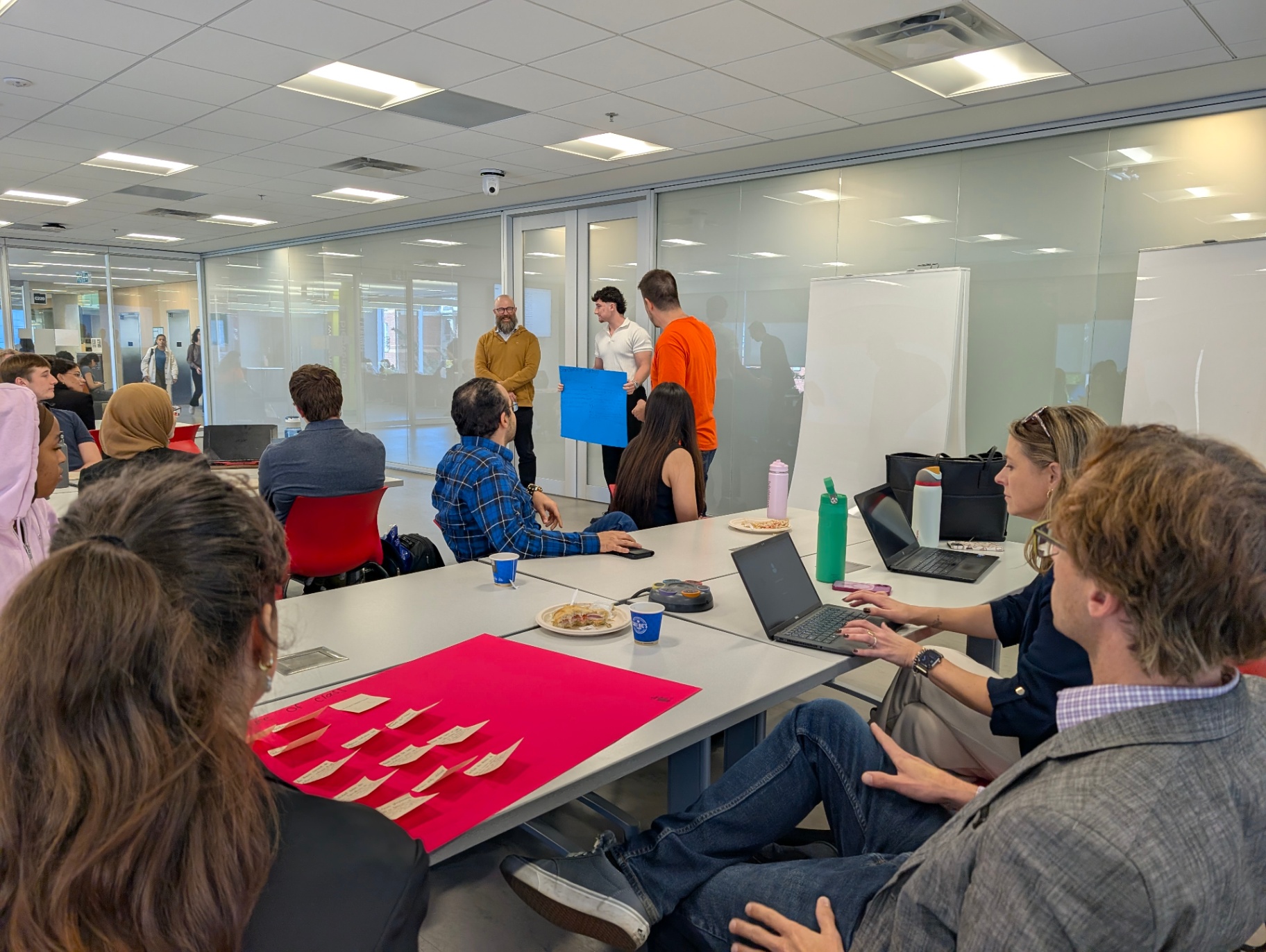
Then, on September 30, both groups came together, but with a twist: students led the way. Mixed teams of students, professors, and staff huddled around tables, each team holding three sets of post-its: naming a problem, daring to dream a utopia, and proposing tangible actions. Ideas were clustered, debated, and refined in real time. Hierarchies gave way to curiosity. What emerged was a blueprint-in-progress: rooted in the realities of the present, yet reaching toward a future students and faculty co-authored together.
Ideas That Point Forward
The discussions converged around a shared desire to modernize, harmonize, and humanize the first-year experience.
Participants envisioned classrooms where experiential learning is not an add-on but the backbone: real projects, simulations, and professional interventions beginning in the very first semester. They called for modernized course content that reflects today’s business and technological landscape, and they didn’t stop at broad principles. Students proposed transforming the way material is delivered: creating short, clear “how-to” videos to demystify platforms like Brightspace; embedding chat functions and informal support spaces where questions can be answered in real time; and leveraging existing Student Leaders and Mentors more intentionally to guide newcomers through academic and extracurricular opportunities.
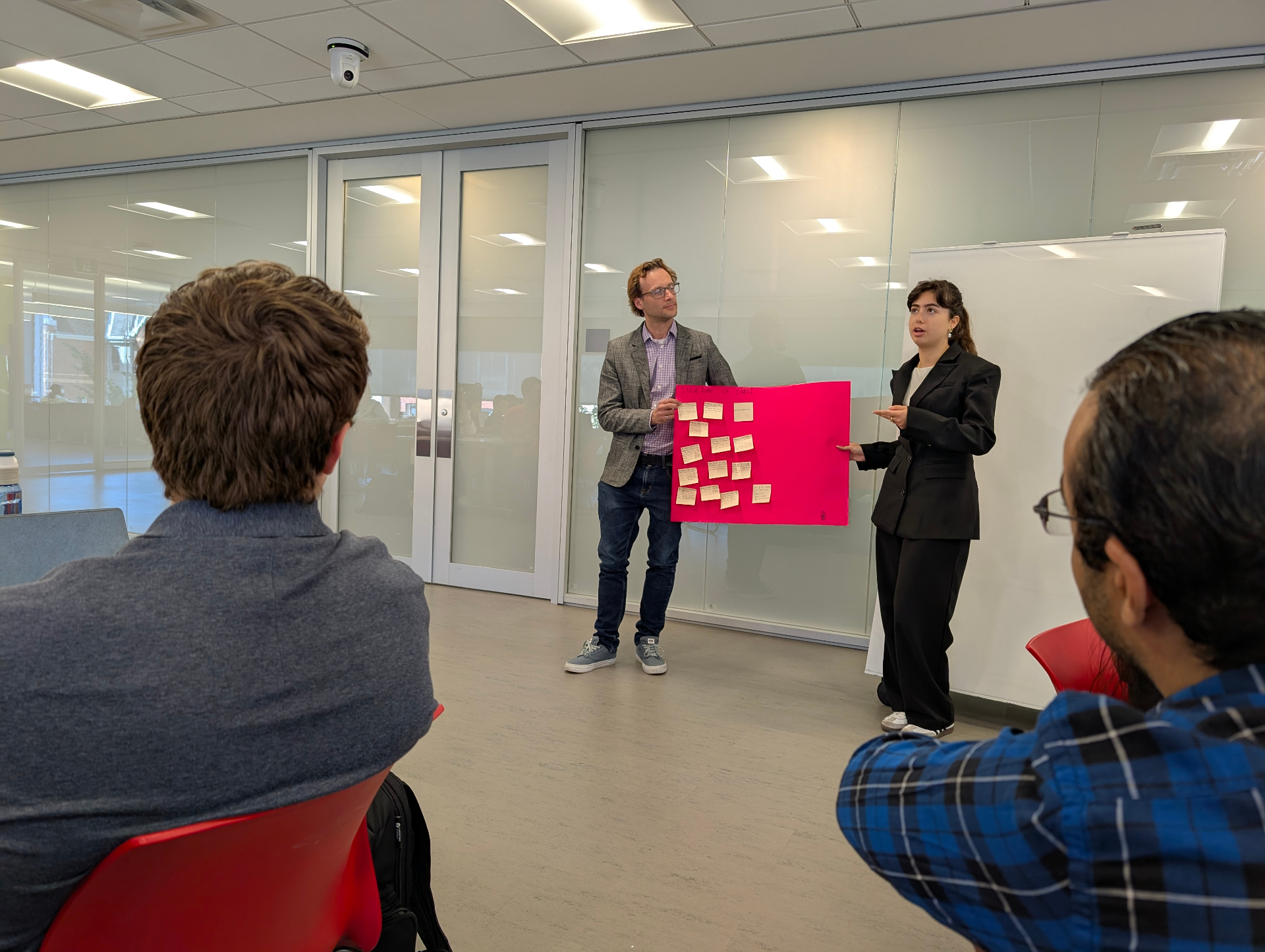
They spoke about the disorientation many feel in their first weeks, not knowing where to find help or how to navigate campus resources. In response, teams imagined improved onboarding systems, regular in-class visits from clubs and mentors, and even the development of an AI assistant to help students find their way through uOttawa’s many resources.
Equity was another throughline: groups proposed greater alignment of core elements across sections, syllabi, assessments and baseline expectations, while maintaining professors’ creative freedom. The goal wasn’t uniformity, but coherence so that no matter which section or language stream a student finds themselves in, they feel part of a shared experience.
In the spirit of bridge-building, participants didn’t stop at the aspirational. They proposed practical pilots: interdisciplinary first-year courses that embed these principles, continuous feedback loops through short surveys, and joint student–faculty spaces that meet regularly to keep the momentum alive.
Imagining, Together
As the workshop drew to a close, teams huddled over their boards, voices overlapping, markers staining fingers, laughter mingling with sharp insights. For a few hours, the future wasn’t abstract. It was on the table, scribbled in ink and neon paper, held jointly between generations.
In an age where content overwhelms while systems calcify, imagination is not a luxury but a necessity. Professor Bouchard’s prefigurative method makes space for the dire need to foster collective dreaming and turn it into a disciplined, participatory practice.
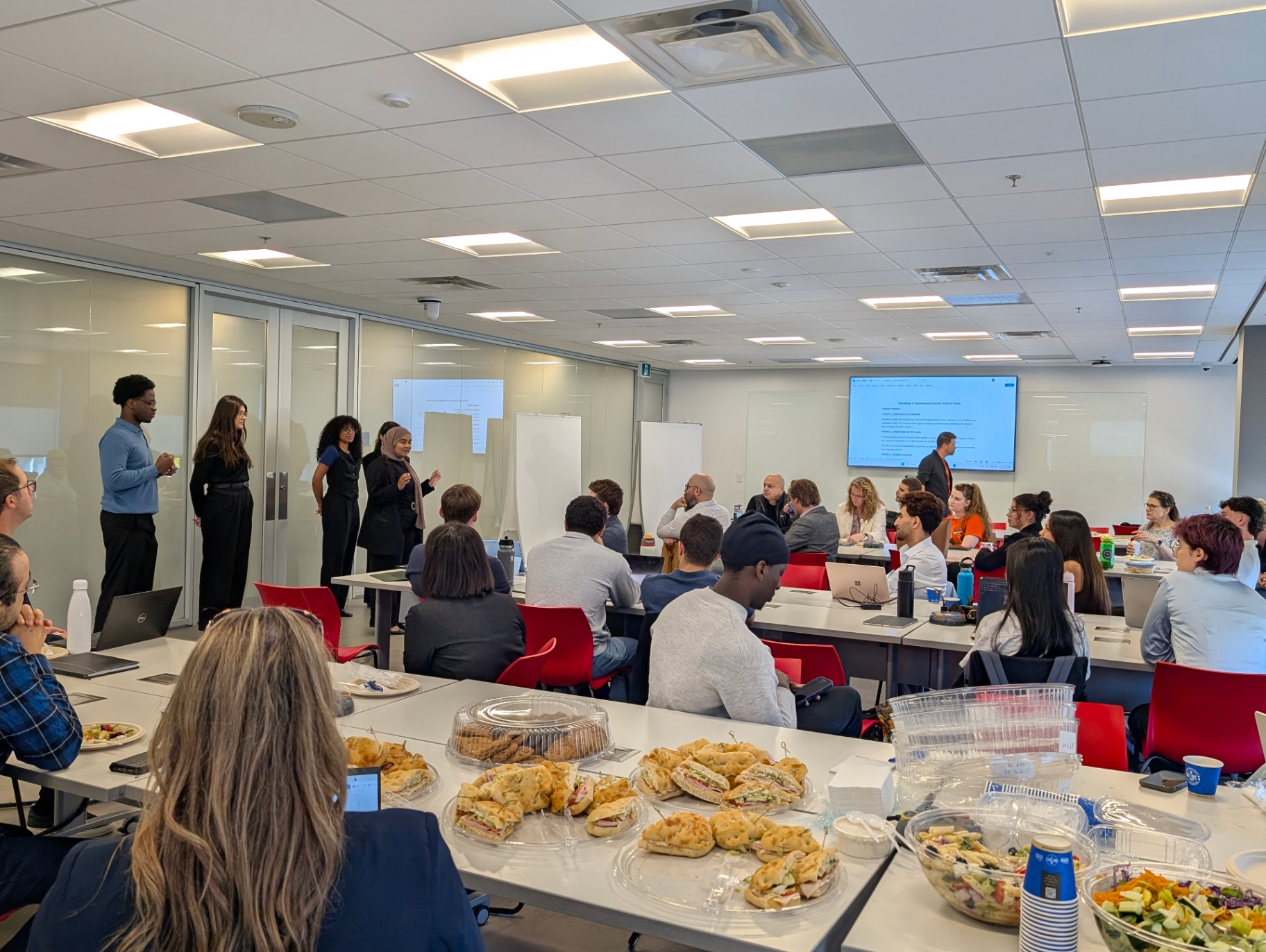
This Fall’s sessions were a rehearsal of change, a glimpse of what can happen when students are given the lead and faculty listen as collaborators, a moment where the usual roles softened, and new ways of thinking could surface. The ideas generated are now being distilled into a comprehensive report, co-authored by Professor Bouchard and research assistant Hamza Tawdi (4th -year BCom student), which will trace a concrete path to implementation. This living document will serve as a guide to future pilots and governance conversations, ensuring that what began as imaginative sketches can take root and grow.
This is precisely why the Green Academy proudly supported and was present throughout this initiative. These workshops echoed the Academy’s core mission: to create spaces where interdisciplinary, intergenerational collaboration can take root and reshape the future of learning.
If we choose to keep these spaces alive, maybe, just maybe, utopia doesn’t have to stay on the far shores of our imagination.

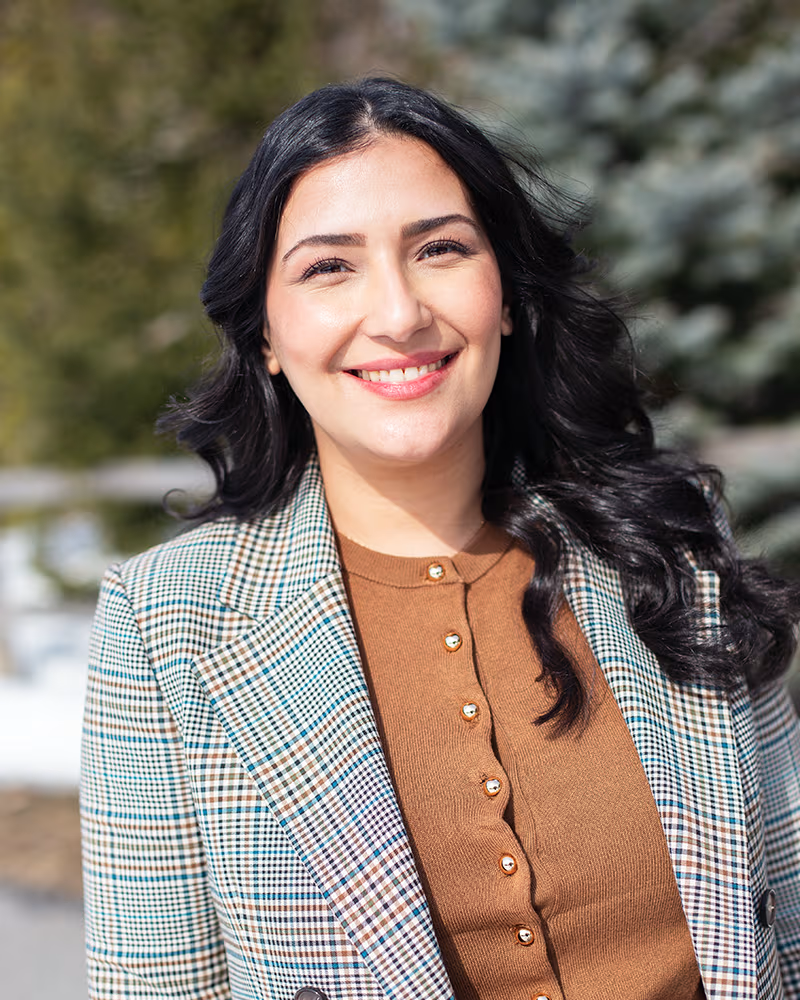
This article was written by Takwa Youssef, coordinator of Telfer's Green Academy.
As coordinator of the Green Academy, Takwa plays a key role in supporting the delivery of the academy's interdisciplinary programs. She oversees logistics, event coordination, and resource management, ensuring the successful execution of courses, workshops, training, and research. Takwa bridges faculties, services, and external partners, cultivating collaboration that enriches the program’s impact. She manages communication, finances and administration, while also driving the Academy’s long-term vision by strengthening connections across disciplines and supporting its ongoing growth.
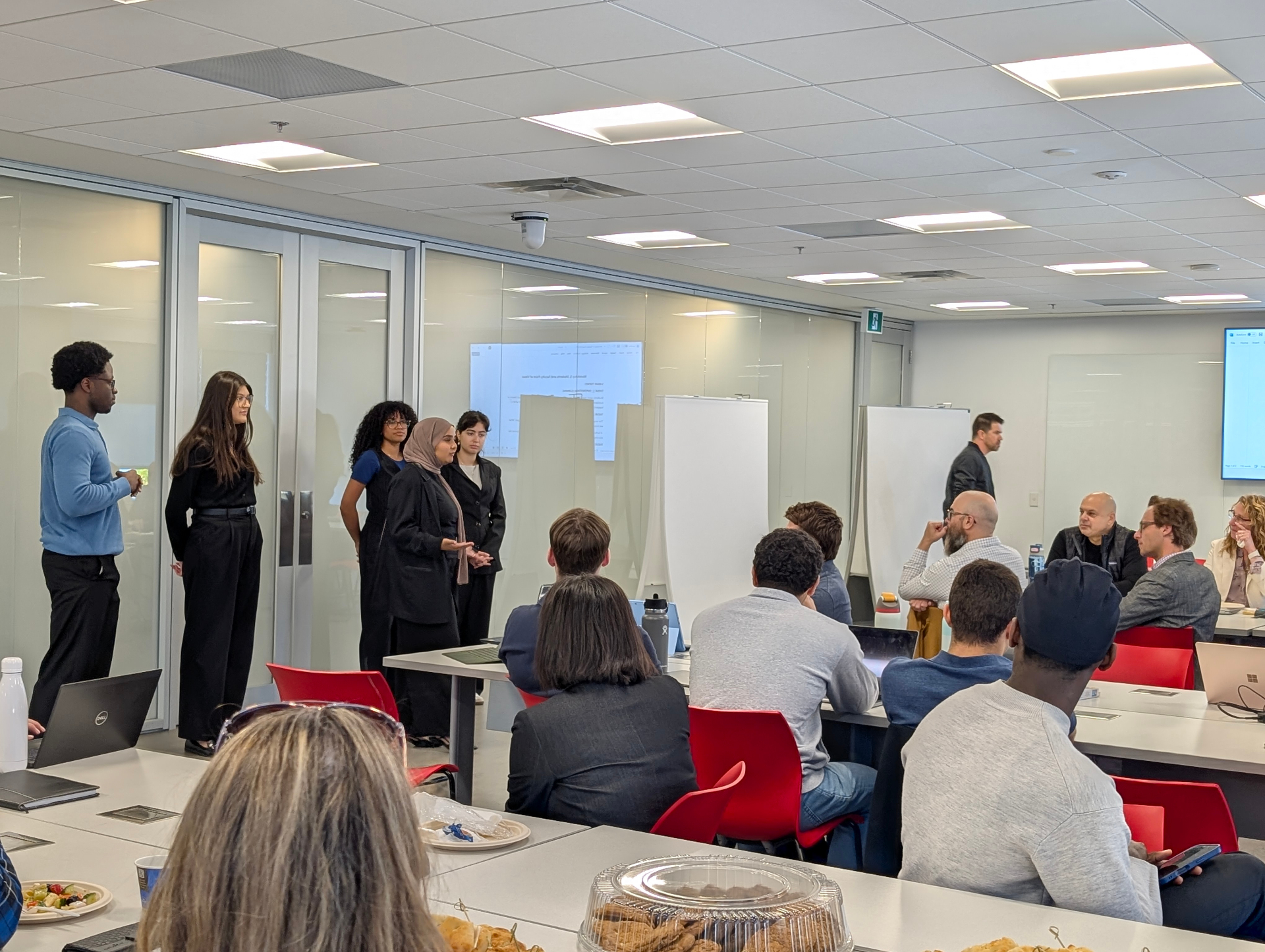
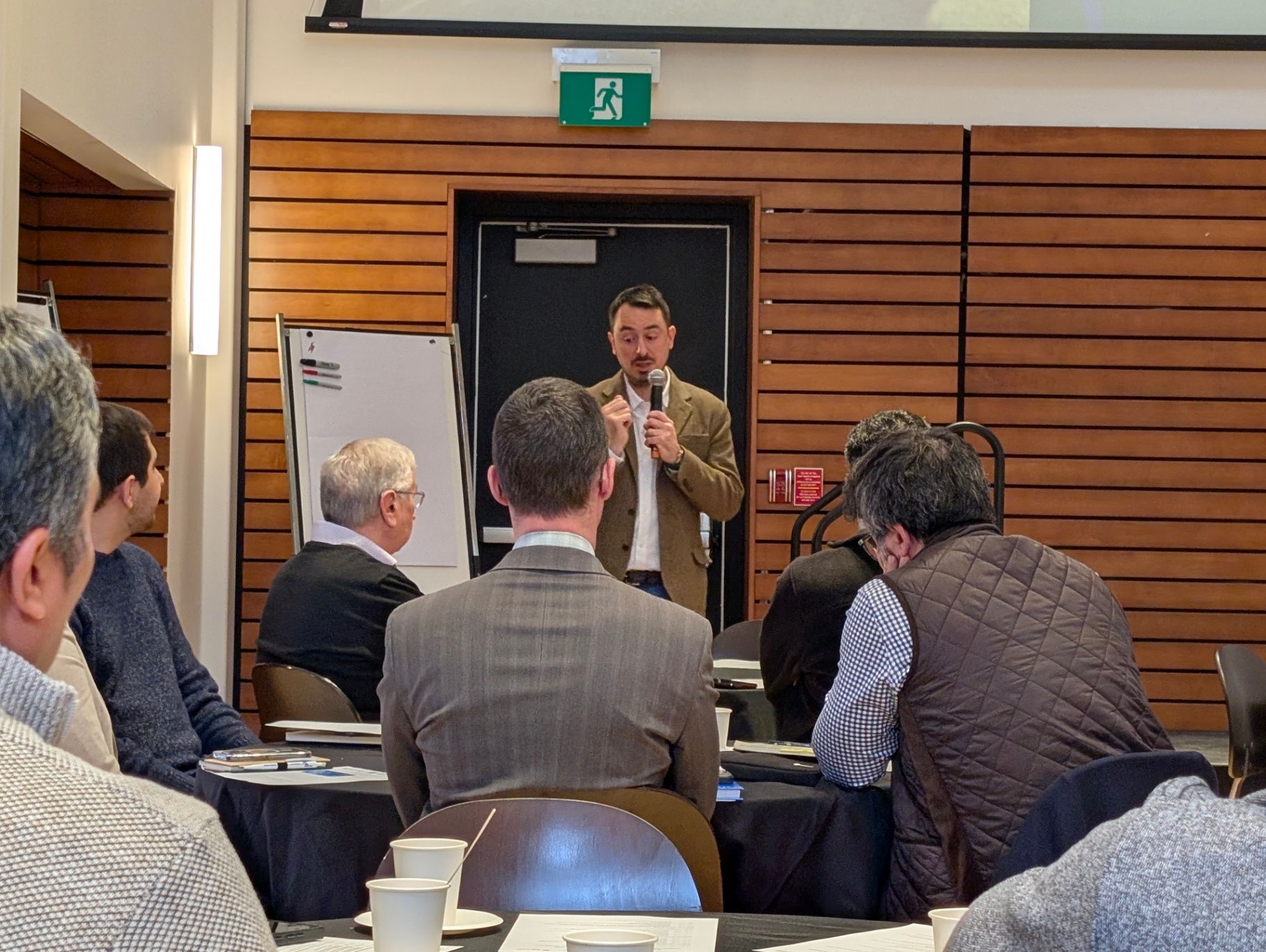

.jpg)
